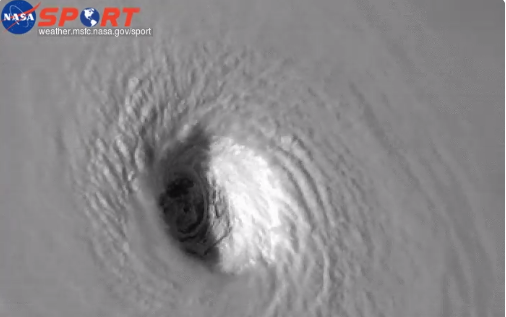Hurricane Irma PLEASE Go Away
06 Sep, 2017
Hurricane Irma, one of the most powerful Atlantic storms in a century, churned across northern Caribbean islands on Wednesday with a potentially catastrophic mix of fierce winds, surf and rain, en route to a possible Florida landfall at the weekend.
Irma is expected to become the second powerful storm to thrash the U.S. mainland in as many weeks but its precise trajectory remained uncertain. Hurricane Harvey killed more than 60 people and caused damaged estimated as high as $180 billion when it hit Texas late last month.
The eye of Irma, a Category 5 storm packing winds of 185 miles per hour (295 km per hour), moved away from the island of Barbuda and toward the island of St. Martin, east of Puerto Rico, early on Wednesday, the U.S. National Hurricane Center (NHC) in Miami reported. It could hit Florida on Saturday.
Most people who were on Antigua and Barbuda were without power and about 1,000 people were spending the night in shelters in Antigua, according to Burford.
The eye of the hurricane went over Barbuda, which has a population of about 1,600 people, according to ABS radio.
The amount of damage and the number of casualties were not known early on Wednesday. A 75-year-old man died while preparing for the storm in Puerto Rico’s central mountains, police said.
Several other Leeward Islands, including Anguilla, Montserrat, St. Kitts and Nevis, as well as the U.S. and British Virgin Islands, Puerto Rico and the Dominican Republic were under a hurricane warning.
“Preparations to protect life and property should be rushed to completion,” the Hurricane Center said, warning that Irma “will bring life-threatening wind, storm surge and rainfall hazards” to those islands.
Along the beachfront of Puerto Rico’s capital, San Juan, work crews scrambled to cover windows with plywood and corrugated metal shutters along Avenida Ashford, a stretch of restaurants, hotels and six-story apartments.
The NHC said Irma ranked as one of the five most powerful Atlantic hurricanes during the past 80 years and the strongest Atlantic basin storm ever outside the Caribbean Sea and Gulf of Mexico.
U.S. President Donald Trump approved emergency declarations for Florida, Puerto Rico and the U.S. Virgin Islands, mobilizing federal disaster relief efforts, the White House said.
Authorities in the Florida Keys called for a mandatory evacuation of visitors to start at sunrise on Wednesday, and public schools throughout South Florida were ordered closed, some as early as Wednesday.
Residents of low-lying areas in densely populated Miami-Dade County were urged to move to higher ground by Wednesday as a precaution against coastal storm surges, three days before Irma was expected to make landfall in Florida.
Several tiny islands in the resort-heavy eastern Caribbean were the first in harm’s way.
Hurricane watches were in effect for Guadeloupe, Haiti, the Turks and Caicos Islands and the southeastern Bahamas.
Airlines canceled flights to the region, and American Airlines added three extra flights to Miami from San Juan, St. Kitts and St. Maarten.
Residents of Texas and Louisiana were still recovering from Harvey, which struck Texas as a Category 4 hurricane on Aug. 25. It dumped several feet of rain, destroying thousands of homes and businesses, and displaced more than 1 million people.
Mentioned In This Post:
About the author
Related Posts
-

Death Toll in Puerto Rico Was WAY Higher Than Trump Said
-
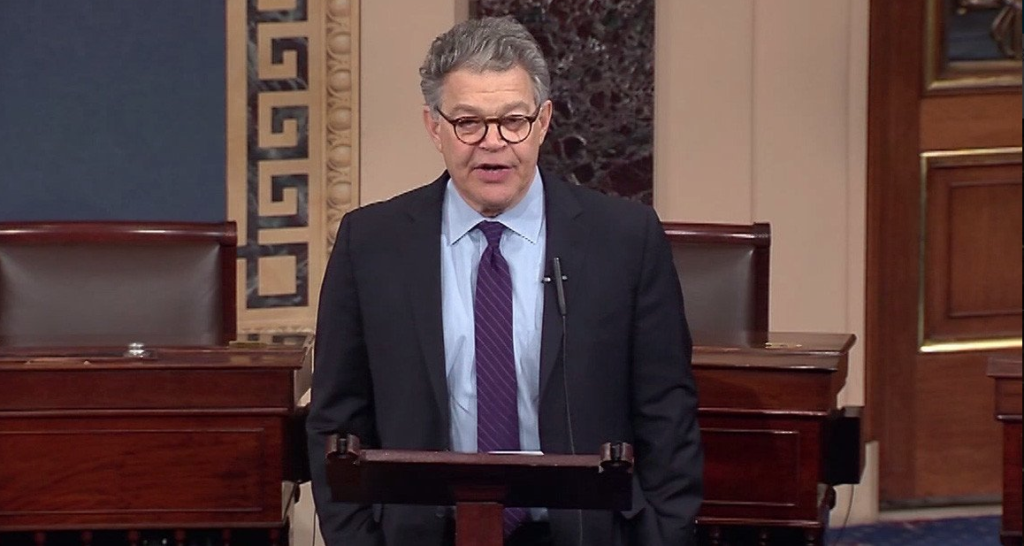
So Long Al
-
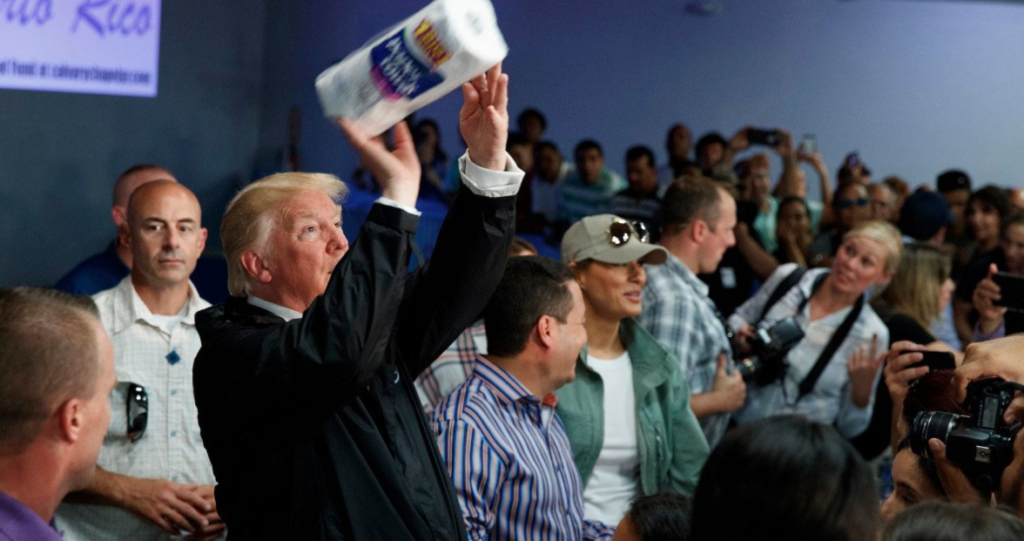
Trump Went To Puerto Rico and.......
-
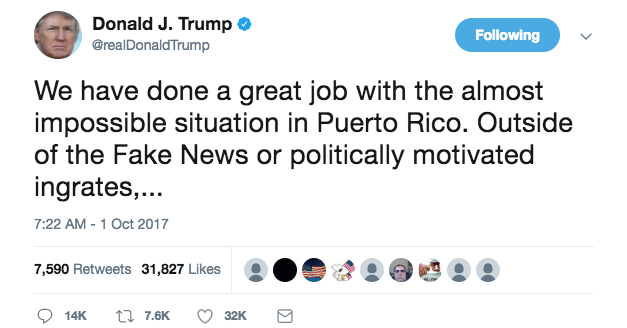
Puerto Rico Is Doing "Great" According to Trump
-
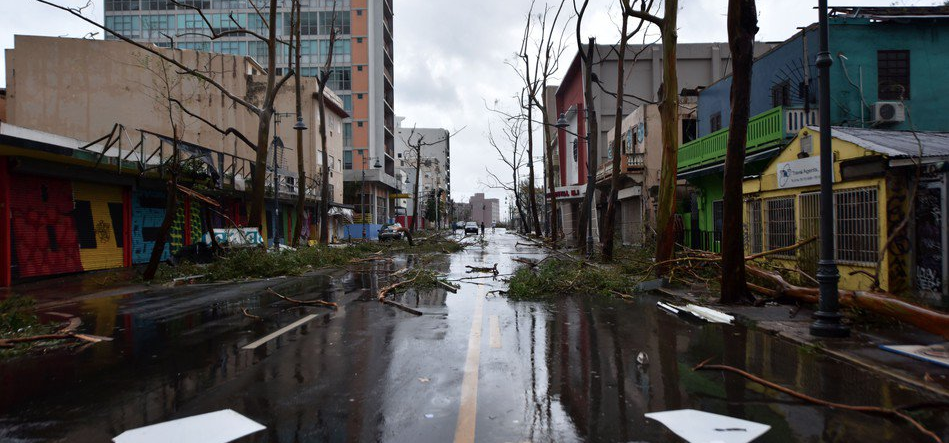
Hurricane Maria Leaves Puerto Rico Devestated and Dark
-
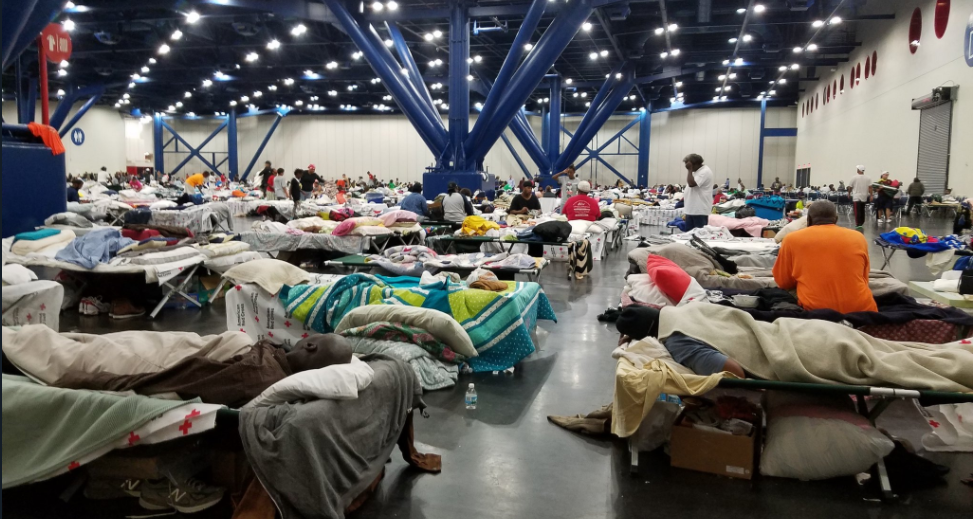
Death Toll Rises as Rain Keeps Falling #PrayForHouston
-
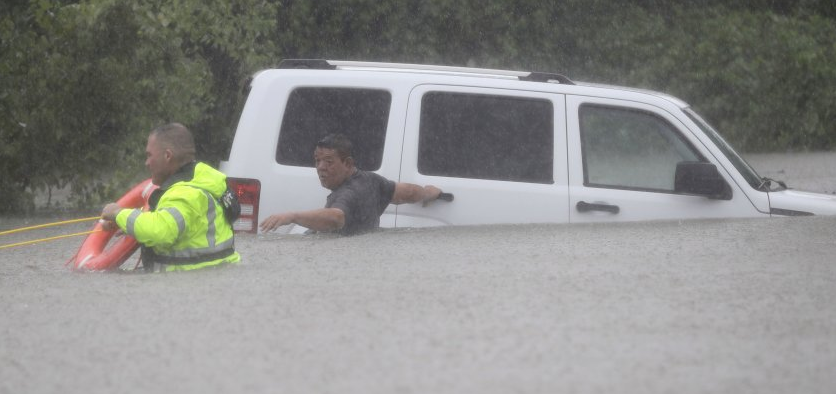
Pray For Houston
-
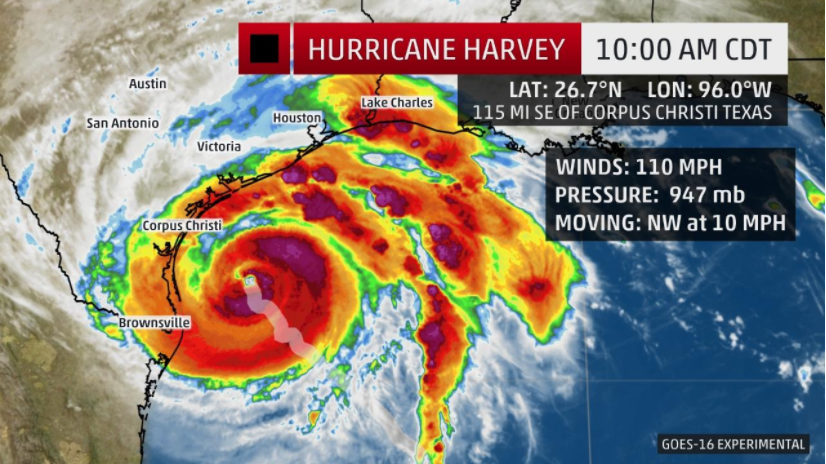
Please, Please Don't Play With Harvey
-
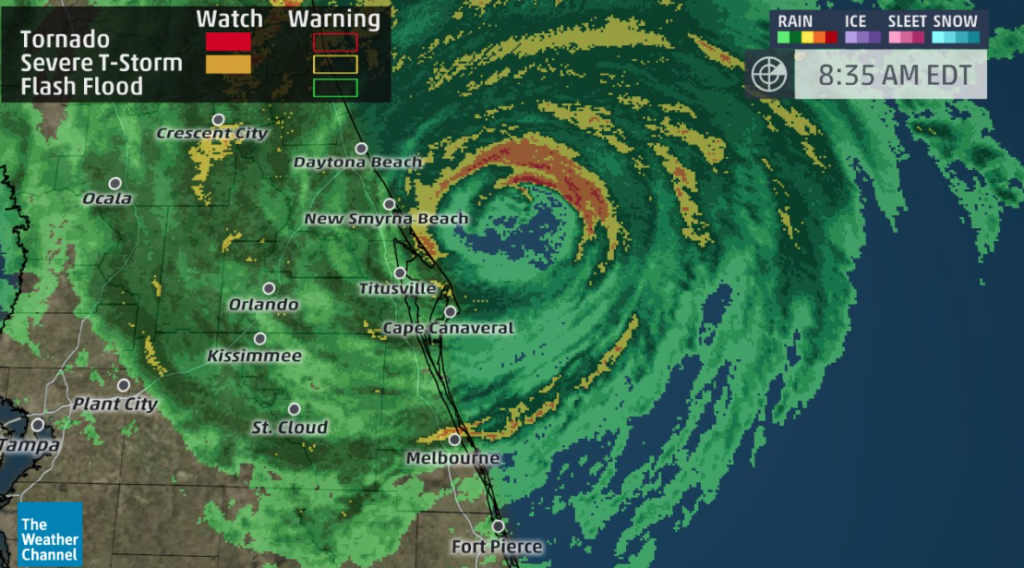
Hurricane Matthew "As Deadly As It Gets!"
-
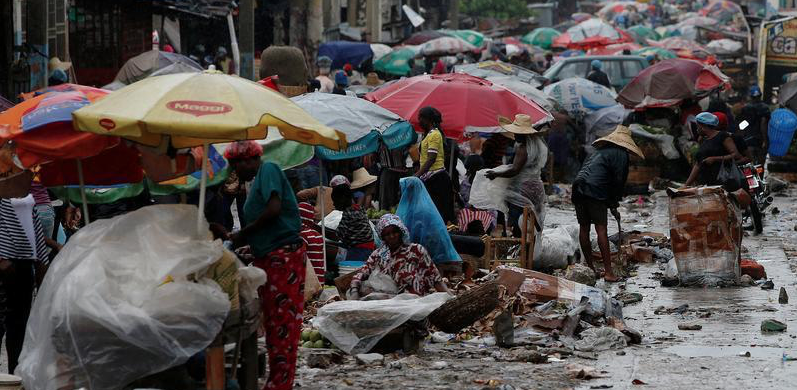
Hurricane Matthew Slams Into Haiti

